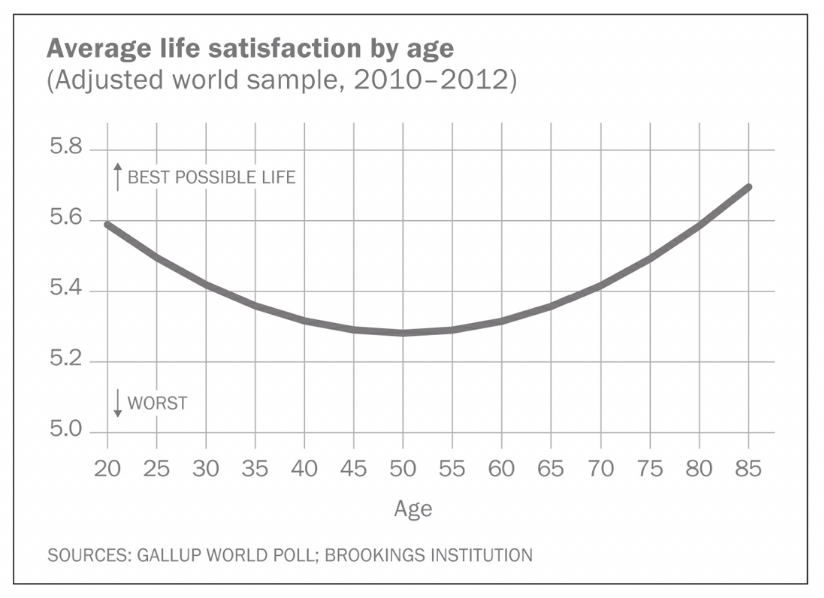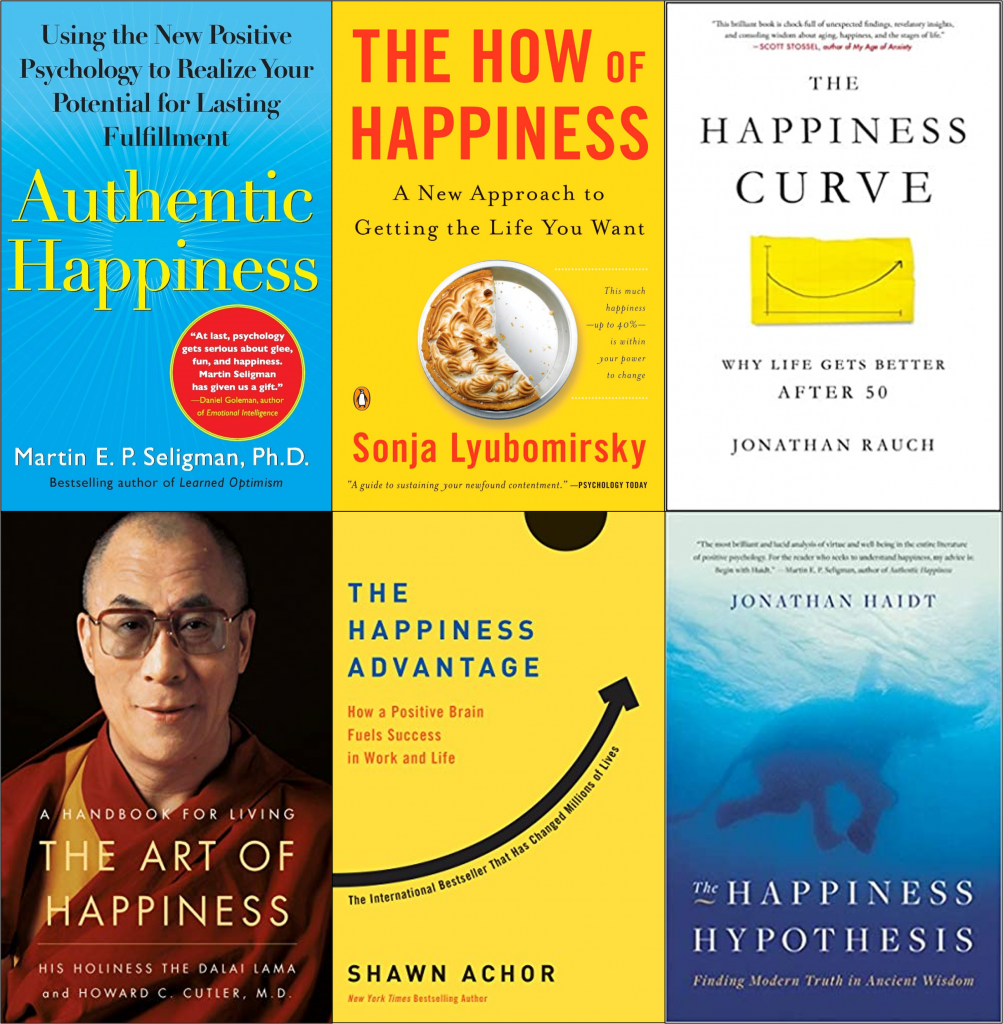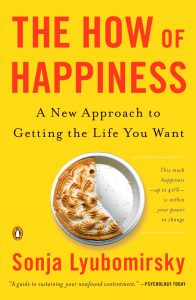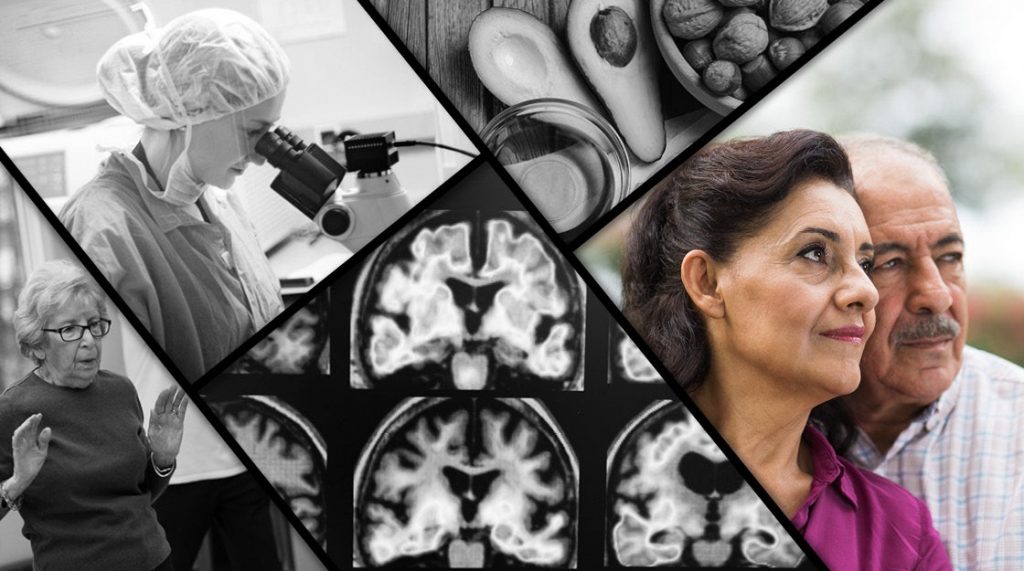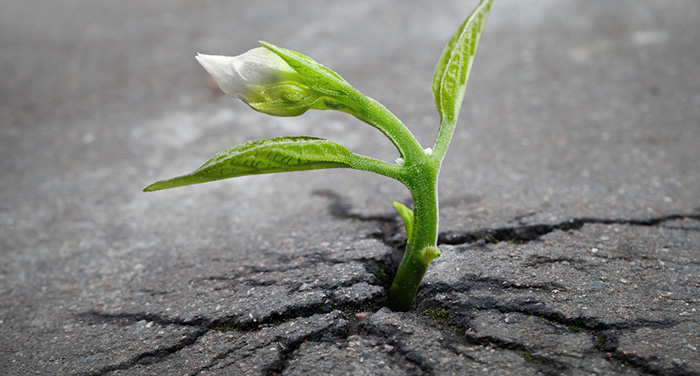(This article is part of a series on happiness. See the end of the article for more articles in the series.)
We want to be happy. To live well. And enjoy life.
We have our moments, and if we’re fortunate some long stretches of happiness.
But it’s harder than it sounds. There are struggles. Highs and lows. And not just because of the swirling vortex of challenges around us, from the pandemic to a depressing news cycle, with endless waves of shocks and worries.
No, it’s not just that. (As if that weren’t enough.) In our day-to-day experience and its accompanying thought streams, there are many other factors that get in the way.
Here are eight of the most important factors making happiness elusive.
1. The Ups and Downs of Positive Emotions
We’re not wired to be happy all the time. Life has its ups and downs.
Positive emotions are an important component of happiness. They include pleasant feelings or situational responses such as interest, serenity, amusement, hope, pride, love, joy, and awe. But we have negative emotions too: concern, disappoint, frustration, regret, anxiety, and more.
Nat Rutherford from the University of London notes that “Happiness is not a mental state that can be permanently won, but instead it’s a practice which we hone, imperfectly, in circumstances only partly of our making…. By misunderstanding happiness, the modern conception increases the likelihood of disappointment.”
As we can learn from the research of Sonja Lyubomirsky, the key is to give ourselves many experiences of contentment, wellbeing, and joy. And if we work at living well and honoring our nature, we’ll also naturally develop a sense that our life is good and meaningful—a sense of life satisfaction.
2. Hedonic Adaptation
Researchers point to “hedonic adaptation,” in which we become accustomed to changes in our circumstances. Then we settle into that new baseline as if nothing had happened. Our positive feelings diminish and settle back into neutral.
This leads to a “hedonic treadmill” in which, like a hamster, we run faster and faster but get nowhere in terms of happiness. We end up right where we started.
Why? Part of the problem is our rising aspirations. We may want a bigger house, for example, and then a much bigger house with a nicer view.
Another issue is social comparison. If our new friends have upgraded their smartphone (or car, or vacation destination), we see our own things in a diminished light.
3. Our Mistaken Beliefs about What Brings Happiness
As noted in my article on “The Most Common Myths about Happiness,” we have many mistaken beliefs about what will bring us happiness, and these get us into trouble. Our theories of happiness are often wrong.
My top ten list of the most common myths:
- Myth: We must pursue happiness.
- Myth: Happiness comes from changing our circumstances.
- Myth: When we’re successful, we’ll be happy.
- Myth: Having certain things will make us happy.
- Myth: Money will bring us happiness.
- Myth: Happiness is a destination.
- Myth: We always revert to our “happiness set point.”
- Myth: We can’t be happy when we’re experiencing negative events.
- Myth: Happiness is a solo endeavor.
- Myth: Happiness declines with age.
There’s nuance when it comes to happiness. These simplistic notions fail to deliver the happiness.
With a flawed road map, we end up far from our intended destination. And lost. Better instead to be aware of the many research-based happiness practices.
4. Negativity Bias
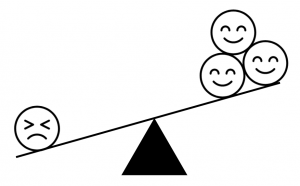
Researchers have discovered that negative things like troublesome thoughts, sour feelings, or unpleasant social interactions often have a greater effect on our mental state than positive things (or neutral ones). This “negativity bias” darkens the skies of our lived experience.
What’s more, negative feelings narrow our thoughts—and thus the range of actions we’re likely to take.
“Constantly scanning the world for the negative comes with a great cost.
It undercuts our creativity, raises our stress levels, and lowers our motivation and ability to accomplish goals.”
-Shawn Achor, The Happiness Advantage
5. Fear
As noted in my article, “Getting Good at Overcoming Fear,” fear is universal. We all feel it. It’s hardwired into our neurobiology.
Fear comes with an array of chemical reactions in our body, including a flood of stress hormones and impairment of our cerebral cortex. When feeling fear, we’re far from a mental state conducive to positive emotions and happiness.
In today’s world, sophisticated operators (from demagogues to technology platforms) have figured out how to hijack our attention. They’ve monetized and weaponized fear. They constantly broadcast alerts or promote shrewd narratives designed to elicit our fear response by threatening our identity or tribe. The result is a far cry from happiness.
6. Putting Stock in the Wrong Things
Much of the modern world is pushing the message that the accumulation, consumption, and display of material things will make us happy. We conflate wealth with success. And we assume that money and success will bring us happiness.
Wrong. The research says otherwise. (See “The Surprising Relationship between Success and Happiness” and “The Most Important Contributor to Happiness.”)
Happiness will continue to elude us if we insist on putting stock in the wrong things.
7. The Problem with Pursuing Happiness
It’s baked into our cultural programming that we must pursue happiness. As logical as it sounds, it turns out to be counterproductive.
Some things become more elusive the more we pursue them. It turns out that some things play hard to get.
As the old saying goes, happiness is like a butterfly. If we pursue it, it remains beyond our grasp. But it may alight upon us if we sit quietly and forget out it.
The reality is that happiness is more likely to arrive when we focus on other things, such as purpose, deep connection with others, serving others, and contributing to something larger than ourselves—and something we value.
“Those only are happy who have their minds fixed on some object other than their own happiness: on the happiness of others, on the improvement of mankind, even on some art or pursuit followed not as a means, but as itself an ideal end. Aiming at something else, they find happiness by the way.” -John Stuart Mill, English philosopher
8. The Expectations Trap
Scholars warn about the “expectations trap”: when there’s a gap between our current life satisfaction and our expected life satisfaction, It causes us to feel disappointment or view our overall life satisfaction unfavorably, even though our life conditions may be positive. The problem is that we can set our standards too high, such that they’re unrealistic and destined to disappoint.
According to clinical psychologist Jennifer Barbera, we may set ourselves up for failure when we focus on the pursuit of happiness. Since feelings of happiness are likely to wax and wane, as she says, we’re headed for trouble when the highs fade. We’ve fallen into the expectations trap.
“But the most important finding of all is that happiness does not really depend on objective conditions of either wealth, health, or even community. Rather, it depends on the correlation between objective conditions and subjective expectations.”
–Yuval Noah Harari, author and historian
What to Do about It
As we’ve seen above, happiness can be elusive. For many reasons.
But that doesn’t mean that it’s hopeless. In fact, researchers have identified a number of happiness-inducing activities (summarized in the article, “What Leads to Happiness”). Here are some of the main ones:
- Regular exercise and physical activity
- Acts of kindness, caring, service, and generosity
- Purpose and meaning
- Relationships with others
- Goals and aspirations
- Authentic expression of self
- Anticipation
- Gratitude
- Experiences
- Learning and developing
- Meditation and mindfulness
- “Person-activity fit”
- Seeing the positive and reframing the negative
- Journaling
- Resilience
- Savoring
- Self-care
- Strengths (knowing and doing the things that we’re good at)
- Intentional and effective use of time
- Variety
It turns out that there’s no magic recipe for happiness. We’re all different, with varying values, personalities, and contexts.
What if we need a tailored recipe for our own unique tastes, drawing on common ingredients but in different proportions?
Why not get busy crafting our life and work so that we lead a good life as we define it? And capture in the process some of that elusive happiness and joy.
“Many of us persist in searching for ‘the one’ true secret path to happiness (or to career success or to spiritual fulfillment and so on), like the one diet that will work when all others have failed. In truth, there is no one magic strategy that will help every person become happier…. If there’s any ‘secret’ to becoming happier, the secret is in establishing which happiness strategies suit you best.” -Sonja Lyubomirsky, The How of Happiness

Tools for You
- Traps Test (Common Traps of Living) to help you identify what’s getting in the way of your happiness and quality of life
- Quality of Life Assessment to help you discover your strongest areas and the areas that need work and then act accordingly
- Personal Values Exercise to help you clarify what’s most important to you
More Articles in this Happiness Series
- Why Happiness Is the Wrong Goal
- What Leads to Happiness
- The Most Important Contributor to Happiness
- The Most Common Myths about Happiness
- The Surprising Relationship between Success and Happiness
++++++++++++++++++++++++++++++
Gregg Vanourek is a writer, teacher, TEDx speaker, and coach on leadership and personal development. He is co-author of three books, including LIFE Entrepreneurs: Ordinary People Creating Extraordinary Lives (a manifesto for integrating our life and work with purpose, passion, and contribution) and Triple Crown Leadership: Building Excellent, Ethical, and Enduring Organizations (a winner of the International Book Awards). Check out his Best Articles or get his monthly newsletter. If you found value in this article, please forward it to a friend. Every little bit helps!











